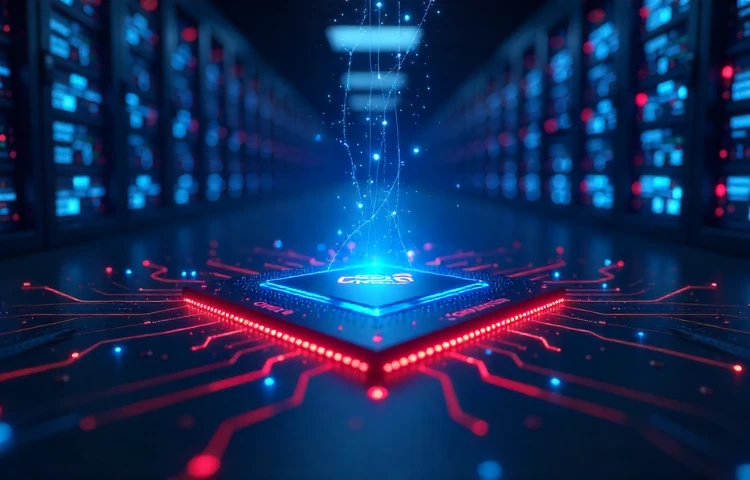

Prefer to listen instead? Here’s the podcast version of this article.
In the ever-evolving landscape of artificial intelligence, strategic partnerships are emerging as the linchpin for scalable innovation. One of the most notable developments in recent months is the deepening collaboration between Oracle and AMD—two titans in cloud infrastructure and high-performance computing, respectively. Announced in October 2025, this partnership is not just a technology alliance; it’s a calculated move to reshape the competitive dynamics of AI compute capacity.
Large language models (LLMs), generative AI, vision models, and multimodal systems continue to push requirements beyond traditional clusters. Firms now demand massive scale, memory capacity, and low-latency networking to train trillion-parameter models. Oracle’s announcement explicitly positions its offering as a “publicly available AI supercluster” built for next-gen scale. [Oracle]
In practice, this means that only a handful of vendors can realistically supply the hardware, interconnects, and orchestration needed to support the models of 2026–2028. By securing AMD’s MI450 GPUs, Oracle is hedging its exposure to supply bottlenecks—especially as NVIDIA dominance continues. Several media outlets highlight the move as a direct challenge to Nvidia’s de facto monopoly in AI accelerators. [Forbes]
What makes this deal compelling is not just “Oracle buys GPUs,” but the synergy across compute, networking, and system integration. The AI supercluster will leverage AMD’s Helios rack design, next-generation EPYC CPUs (codenamed “Venice”), and AMD Pensando networking (codenamed “Vulcano”) to deliver a tightly optimized, rack-scale architecture.
This kind of integration is critical: GPUs alone are insufficient if the fabric, interconnect, routing, and orchestration falter. For enterprise customers, that means more predictable performance, easier scaling, and a more consistent stack.
By anchoring this partnership, AMD gains another marquee cloud partner and further legitimizes its trajectory as a serious contender to Nvidia. From Oracle’s perspective, it diversifies its hardware supplier risk and gives it leverage in negotiating GPU access (especially during demand surges).
Moreover, this aligns with broader industry dynamics: AMD recently struck a deal with OpenAI to supply MI450s and allowed OpenAI to take up to 10% ownership in AMD. [Reuters] Some interpretations suggest Oracle is fortifying its cloud portfolio to better compete with AI-dominant cloud players who depend heavily on Nvidia. [Business Insider]
Even with all these advantages, several uncertainties remain:
The expanded partnership between Oracle and AMD marks a pivotal moment in the ongoing evolution of AI infrastructure. By combining Oracle’s robust cloud capabilities with AMD’s cutting-edge GPU technologies, this collaboration not only diversifies the AI compute ecosystem but also challenges the market dominance of established players like Nvidia.
For enterprises and developers, the implications are significant—offering enhanced scalability, performance, and flexibility in deploying AI workloads at massive scale. As AI models continue to grow in complexity and computational demand, partnerships like this one will be crucial in determining who leads the next wave of innovation.
WEBINAR